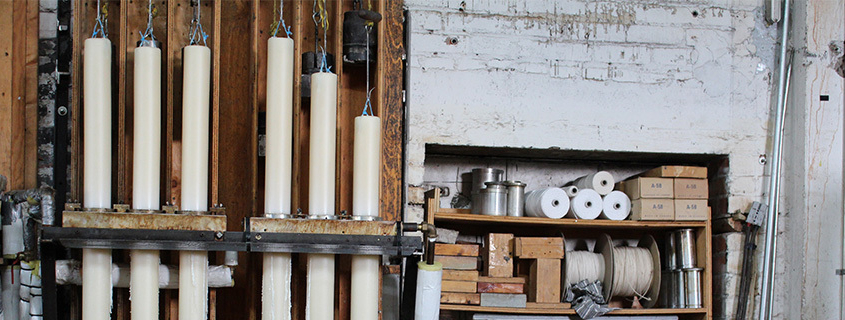The history of candles
For centuries, the bulrush plant, was used for candle making. It was soaked in animal or vegetable fat therefore harden it. From the Middle Ages, the candle rivals the oil lamp, since it requires less maintenance and the manufacturing cost is relatively low. It is said that candles, at that time, produced a thick smoke and a not so pleasant smell.
It was not until the XIV century that the word “bougie” appeared in the French language. In terms of terminology, the word “ bougie ” is reserved for candles made exclusively of beeswax, while the word “chandelle” is used for candles made of tallow.
Naturally, the “bougies” are yellow in color, since they are made of beeswax, but they were sometimes bleached by sun exposure for days or weeks. At that time, their value was higher than yellow “bougies“, since they were almost exclusively used in royal palaces.
The “bougie” , as we know it today, was developed in the middle of the XIX century. It is distinguished by it being manufactured of raw material and the use of braided cotton wicks, allowing the wick to bend. It was at this moment that the “chandelle” started to disappear.



